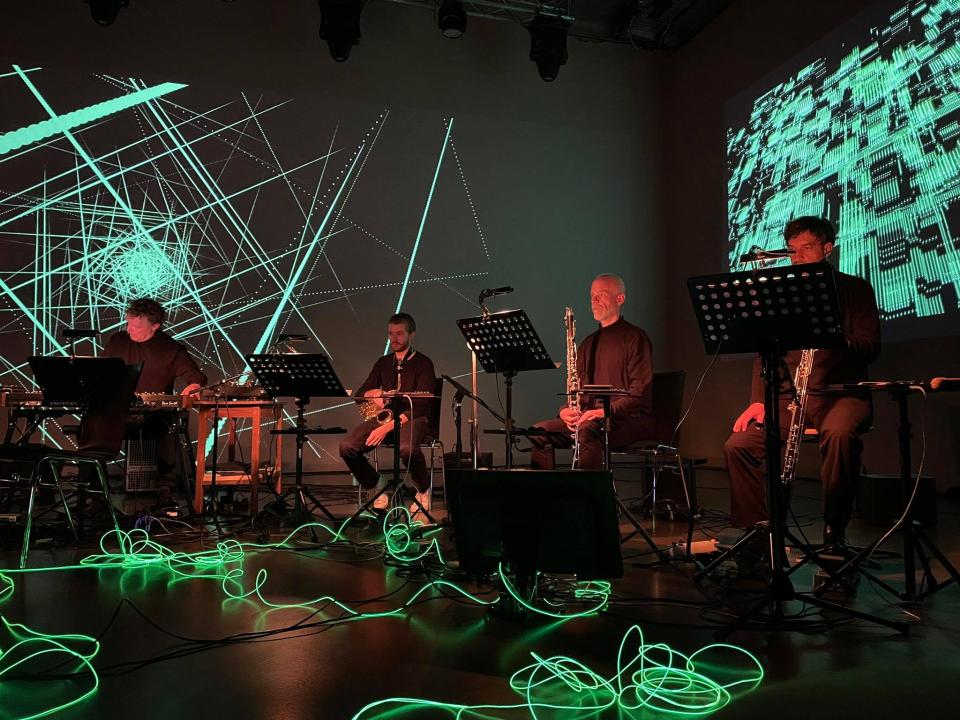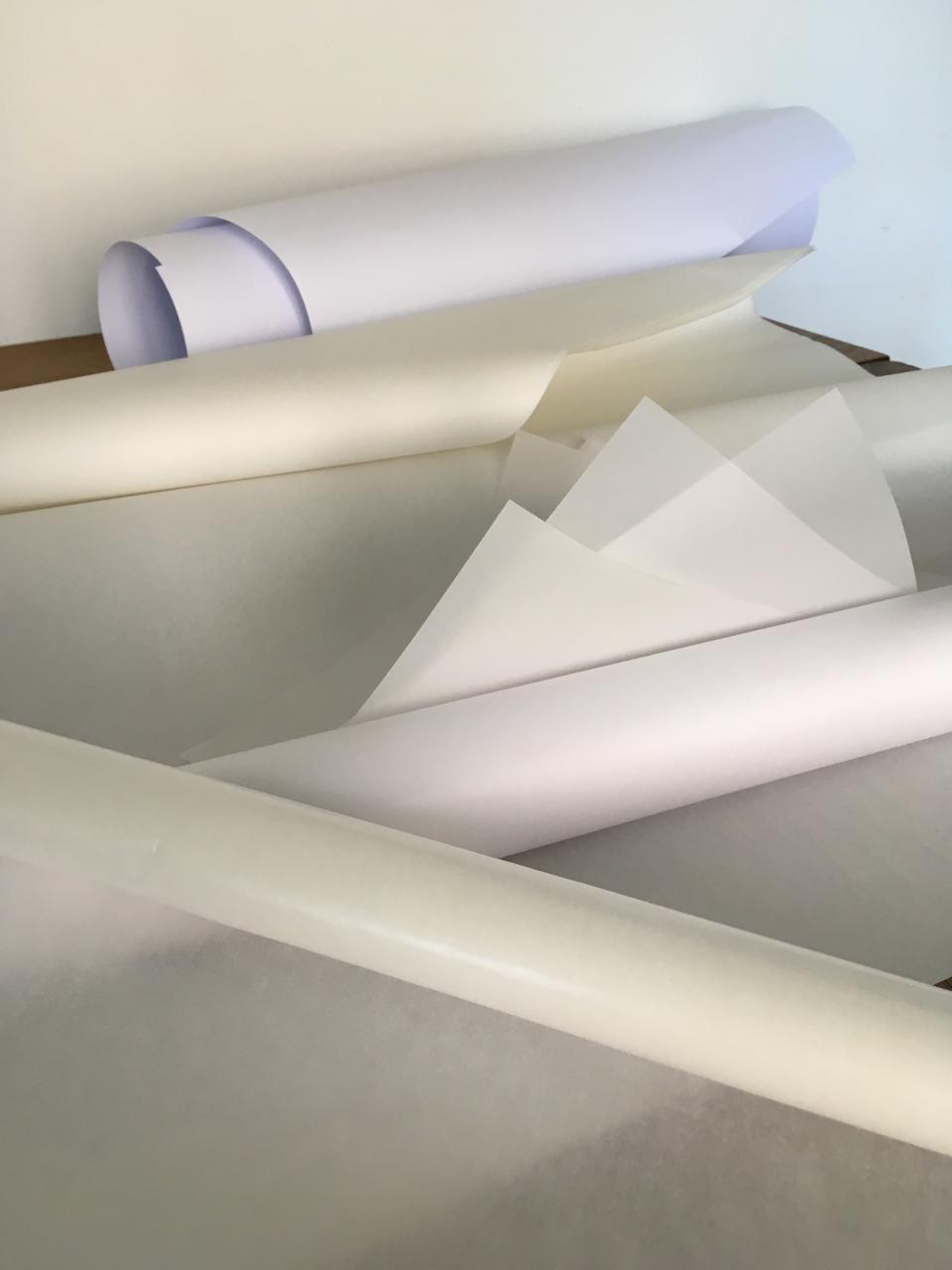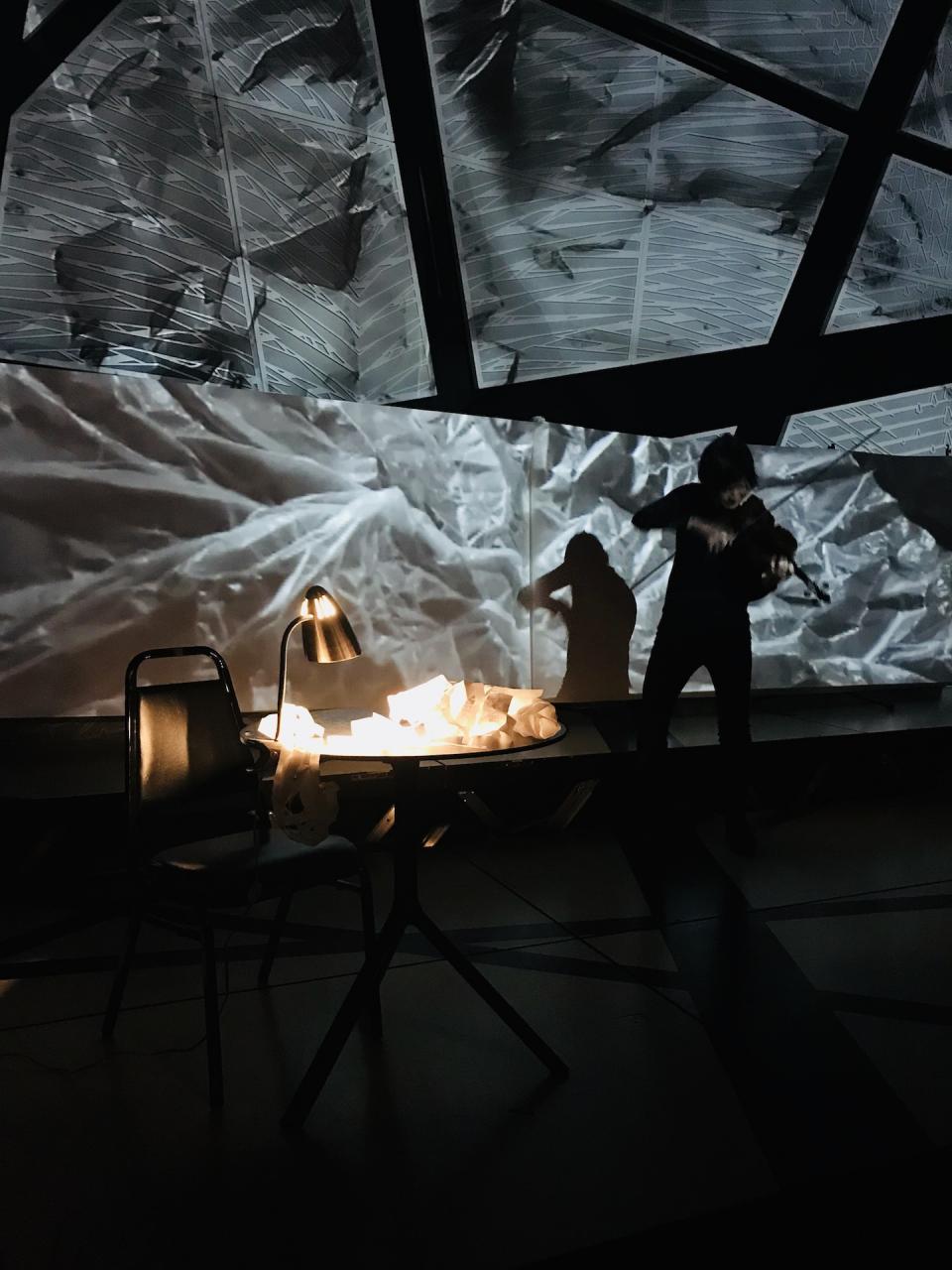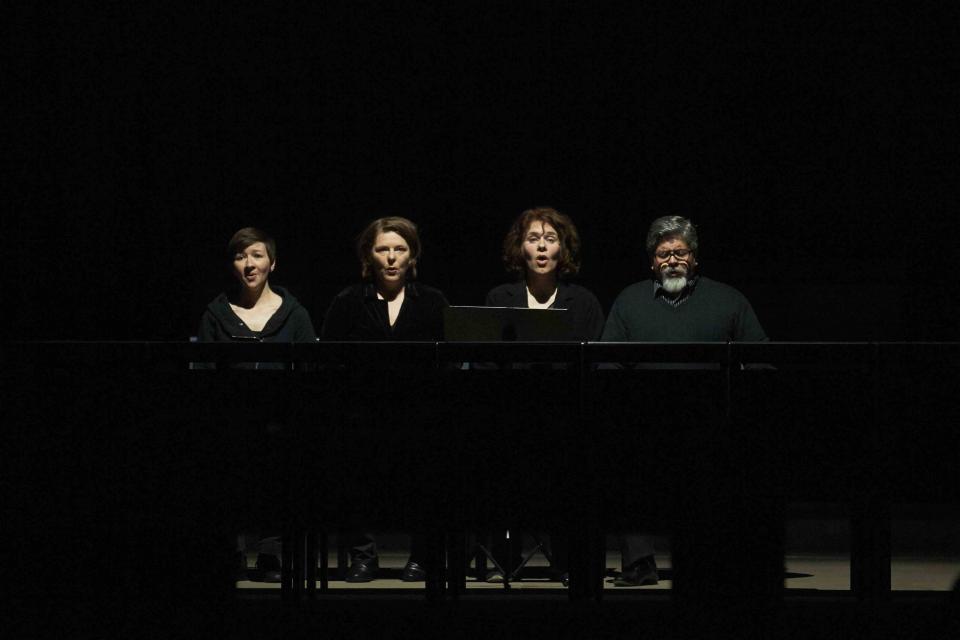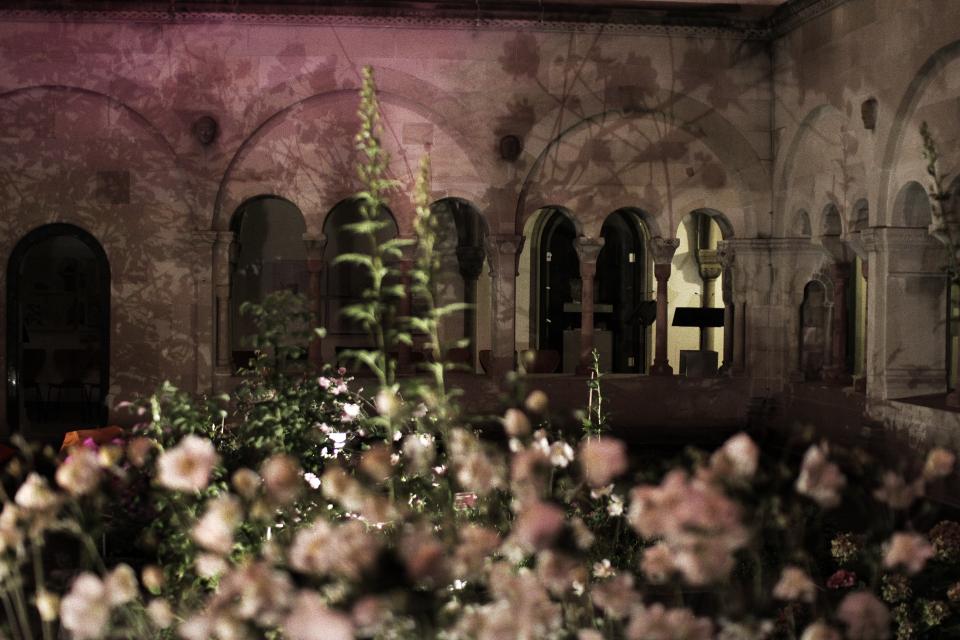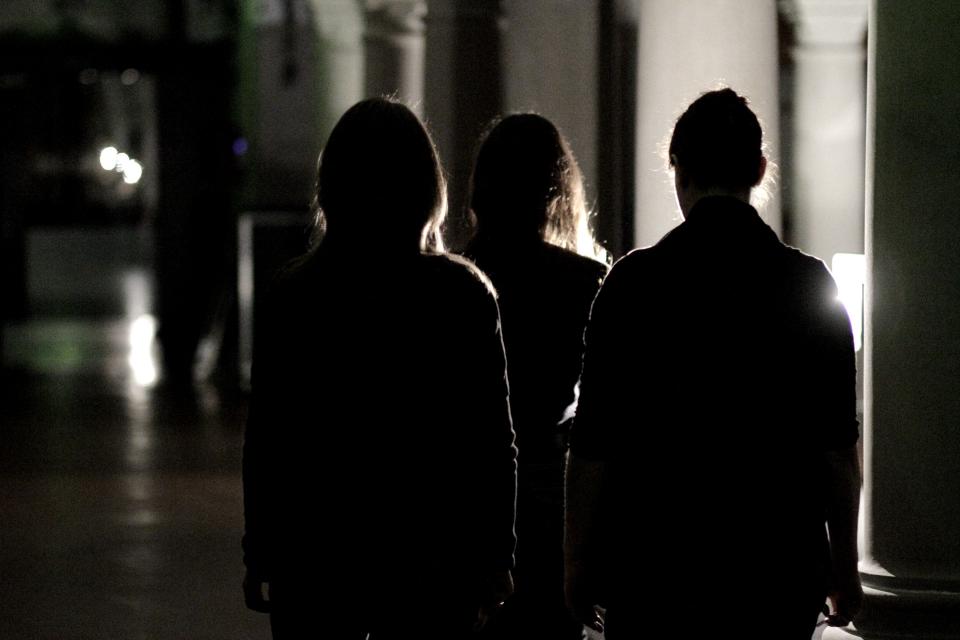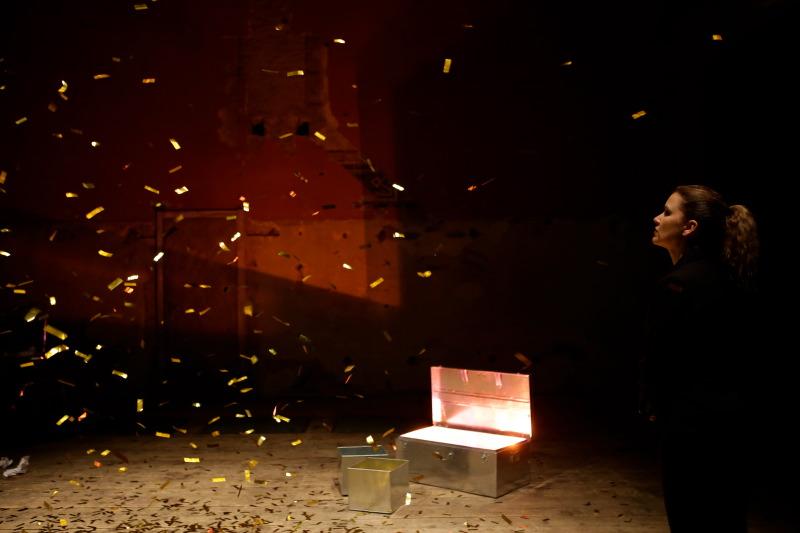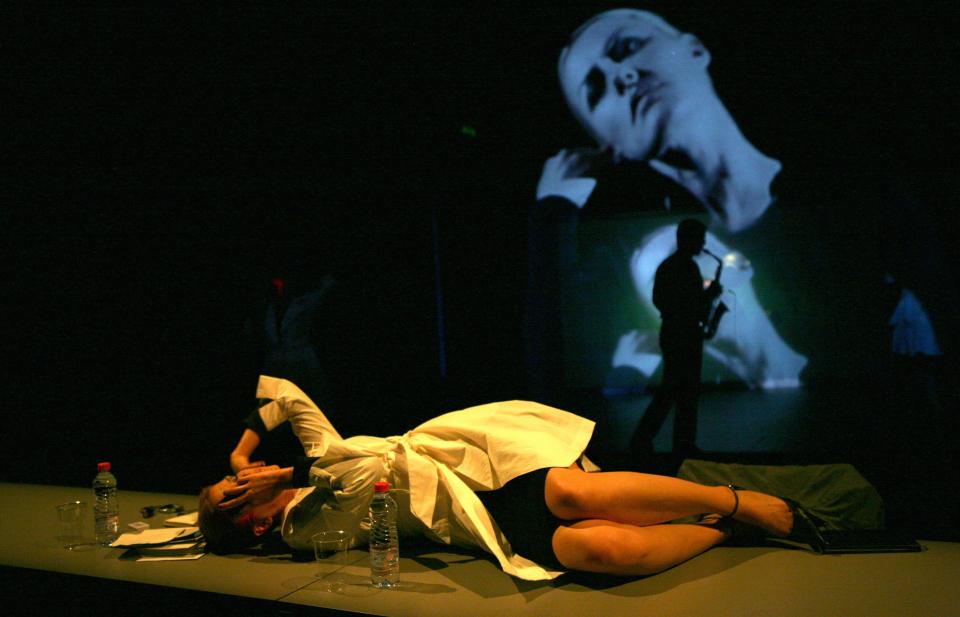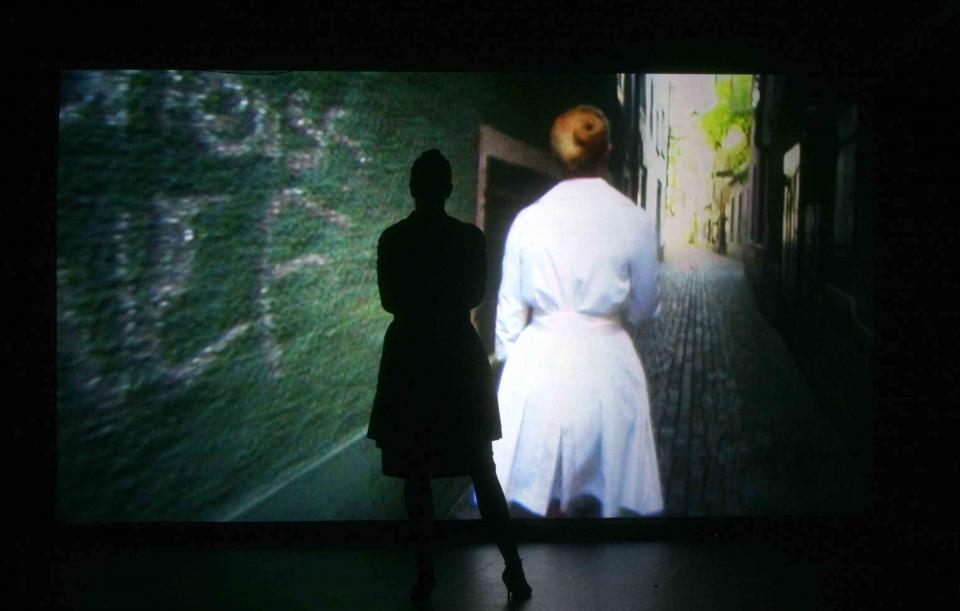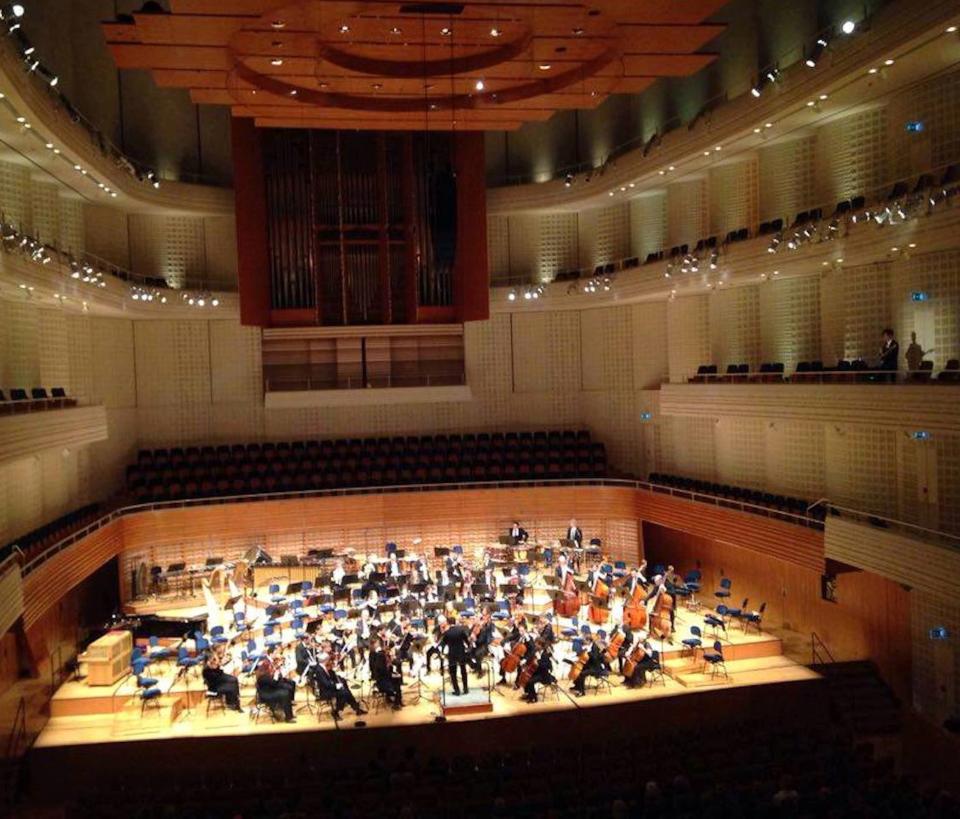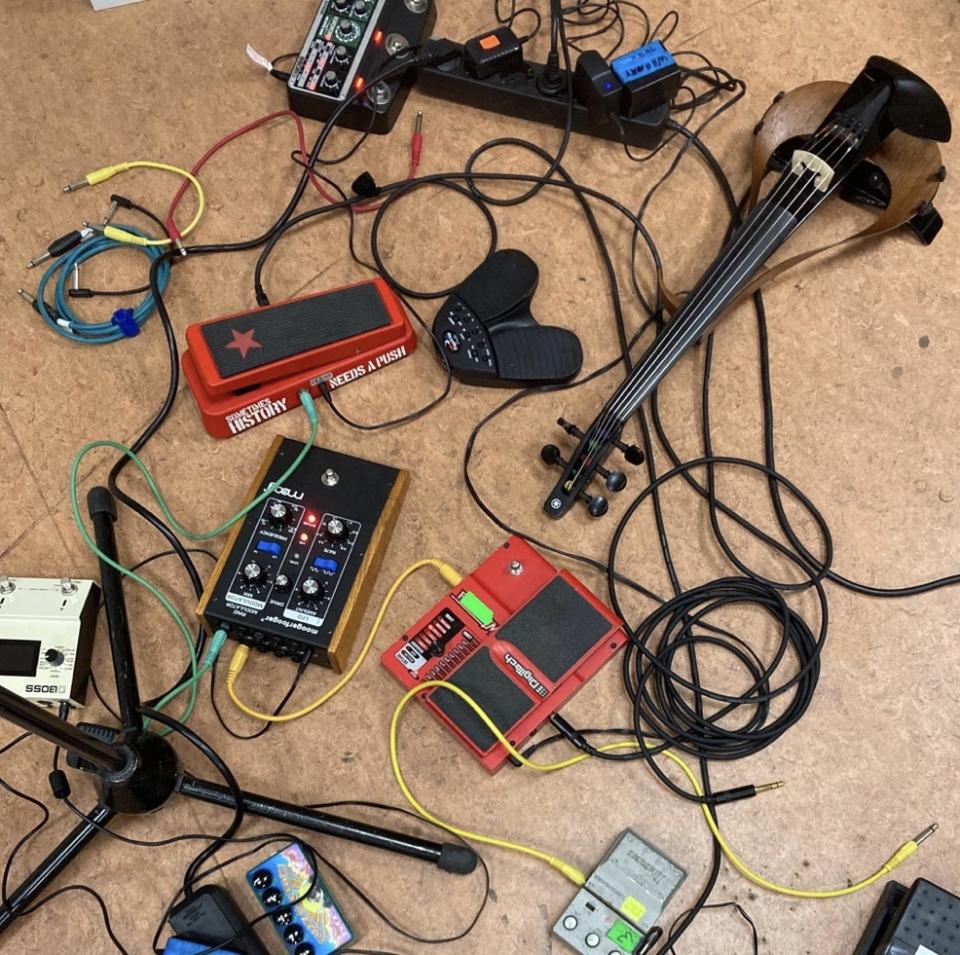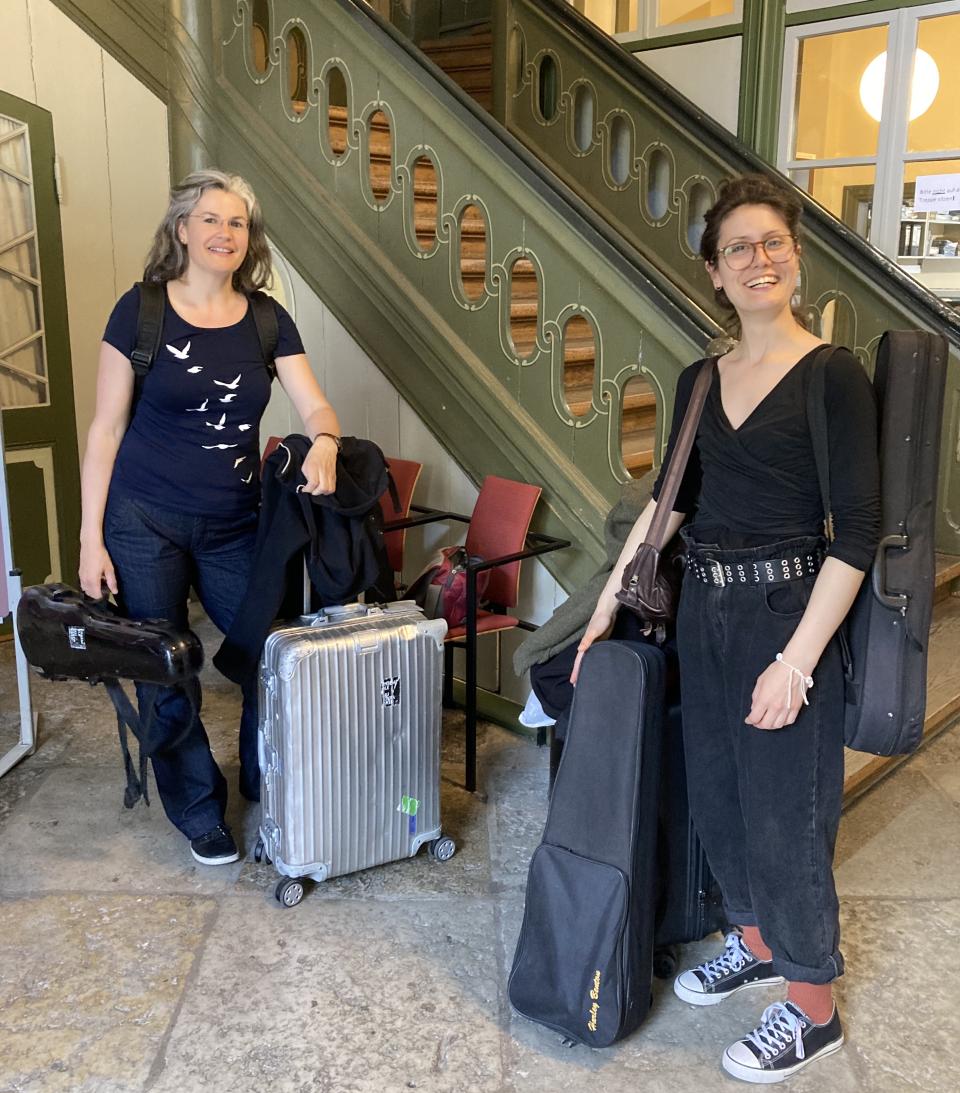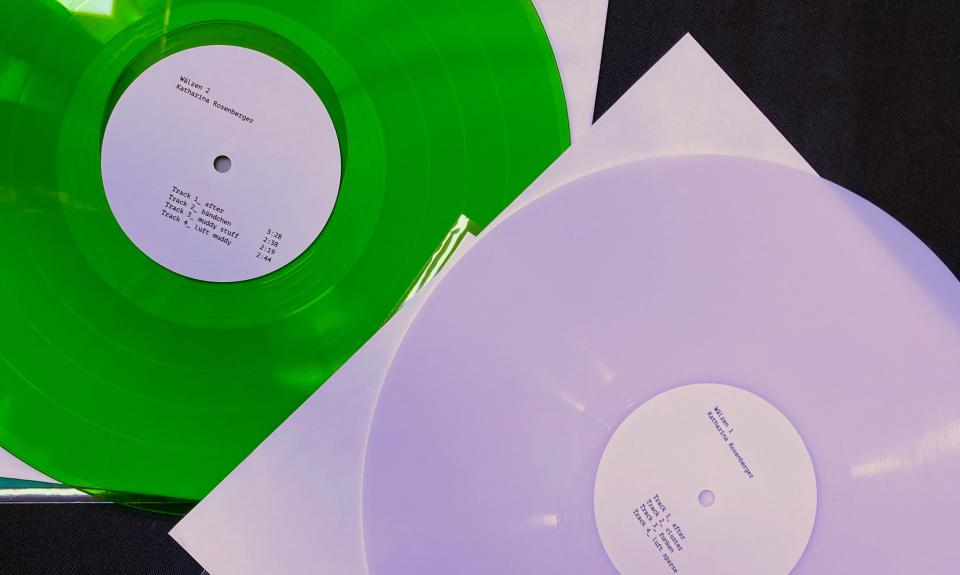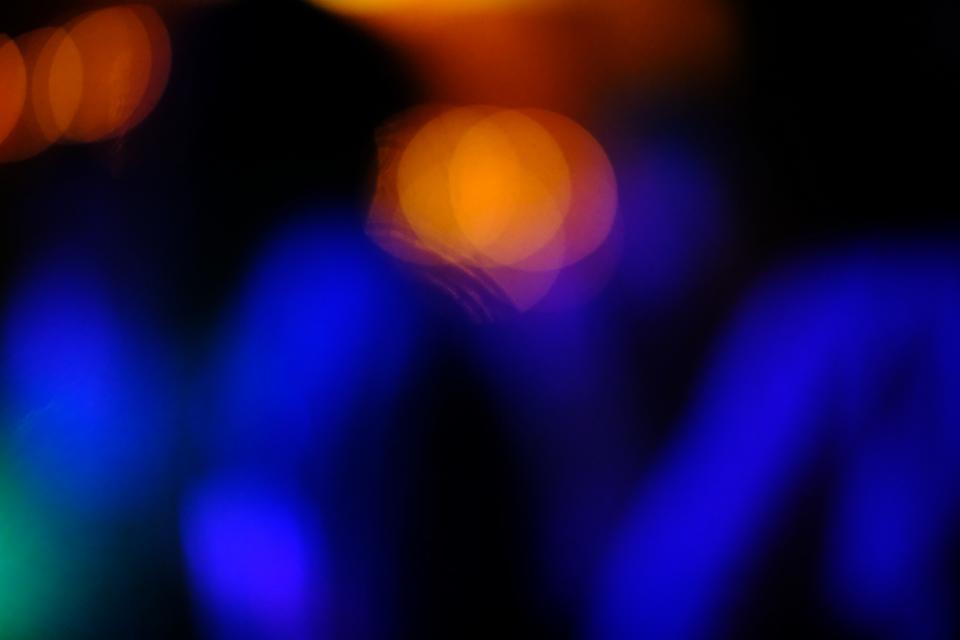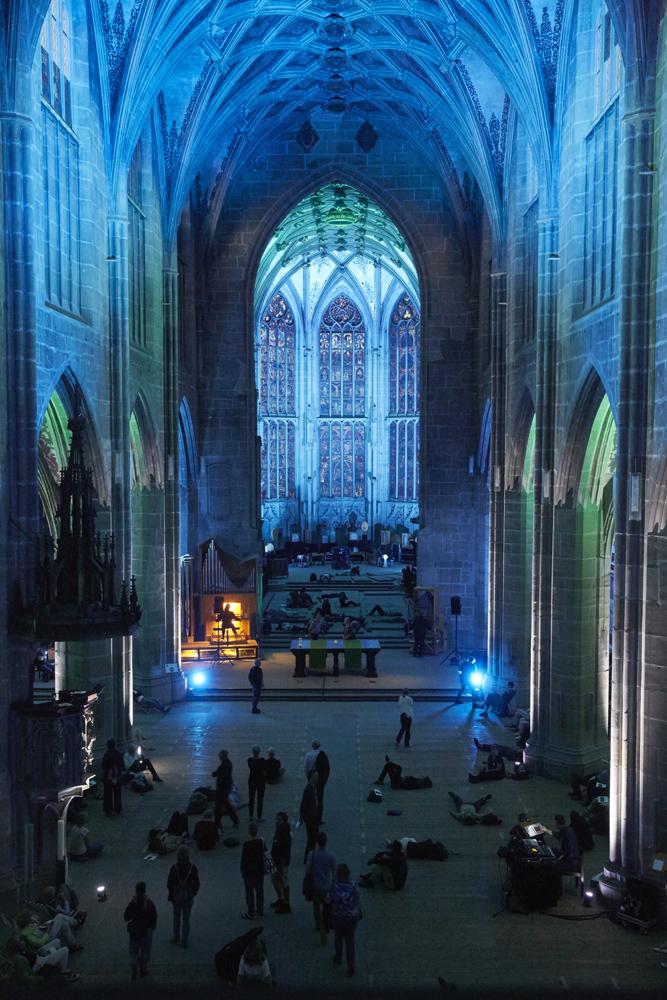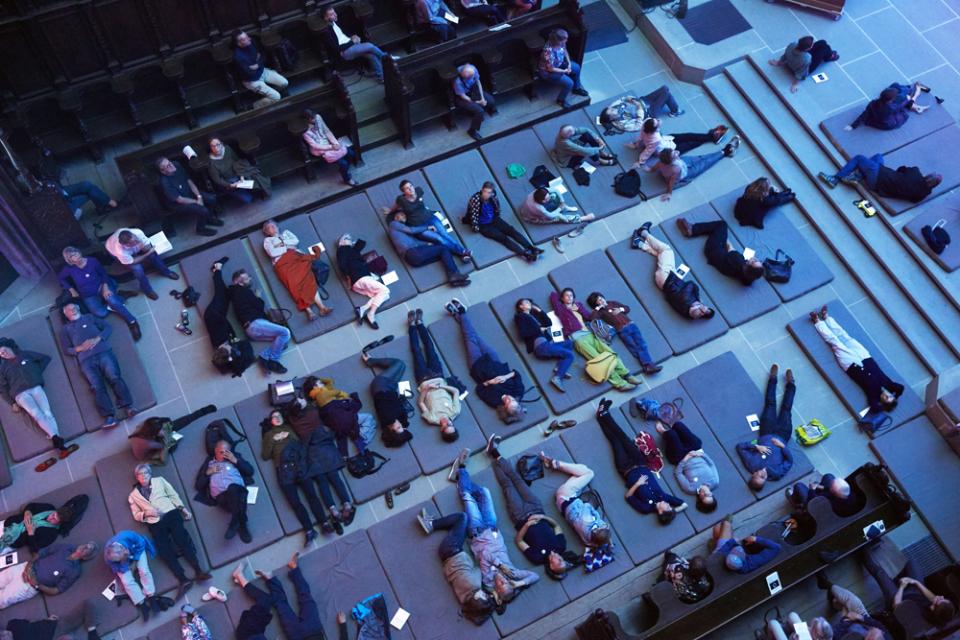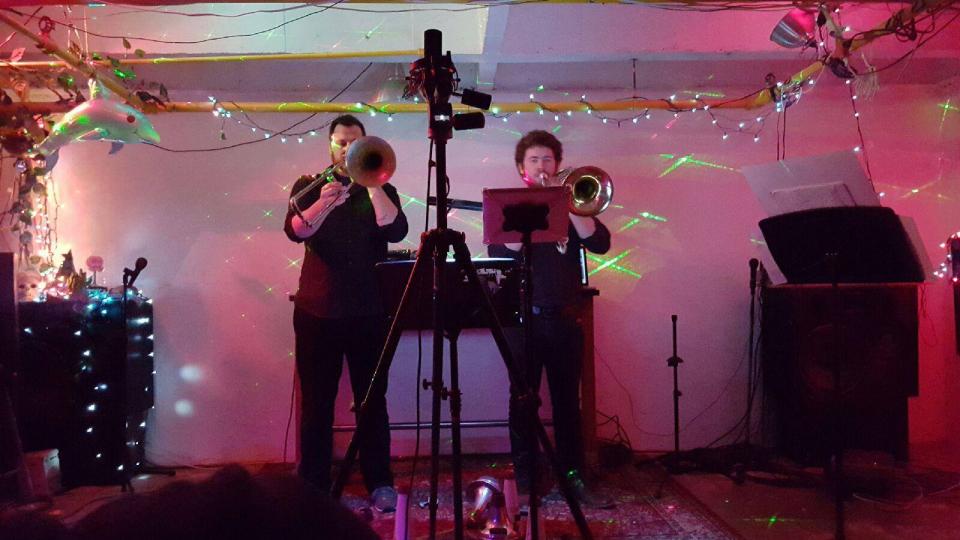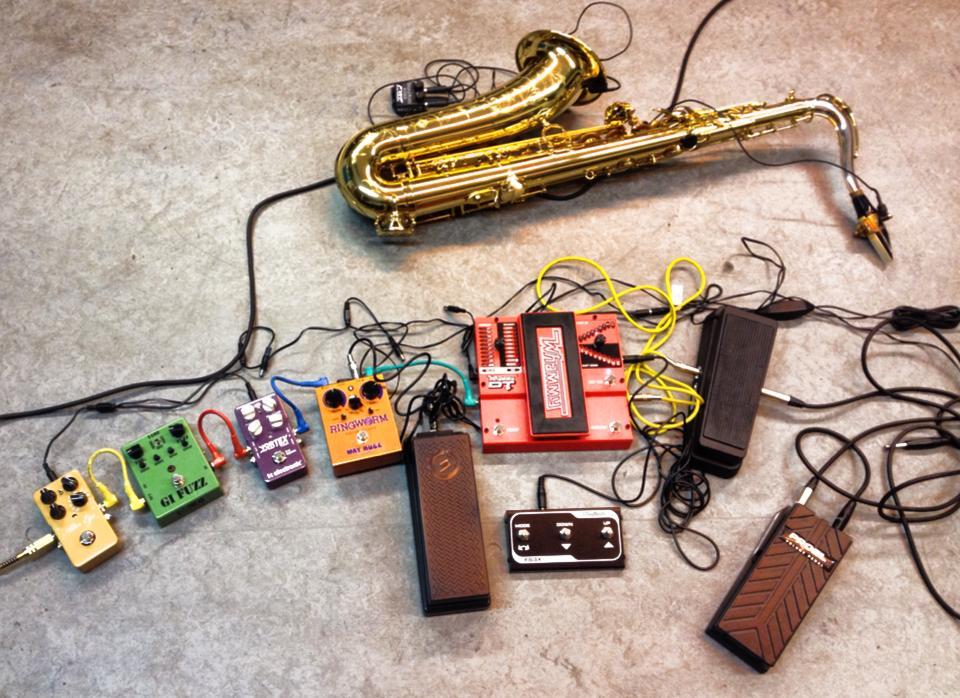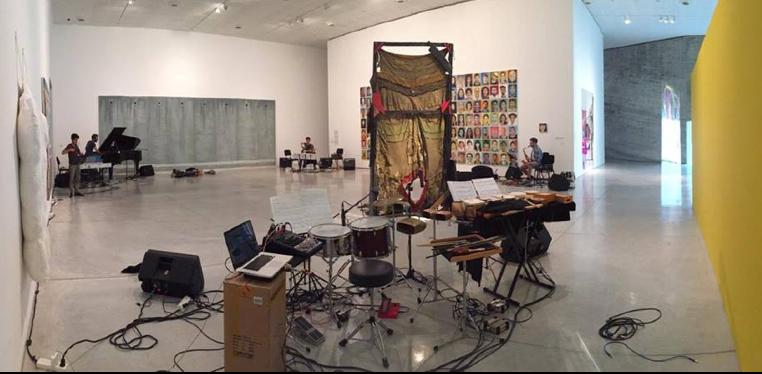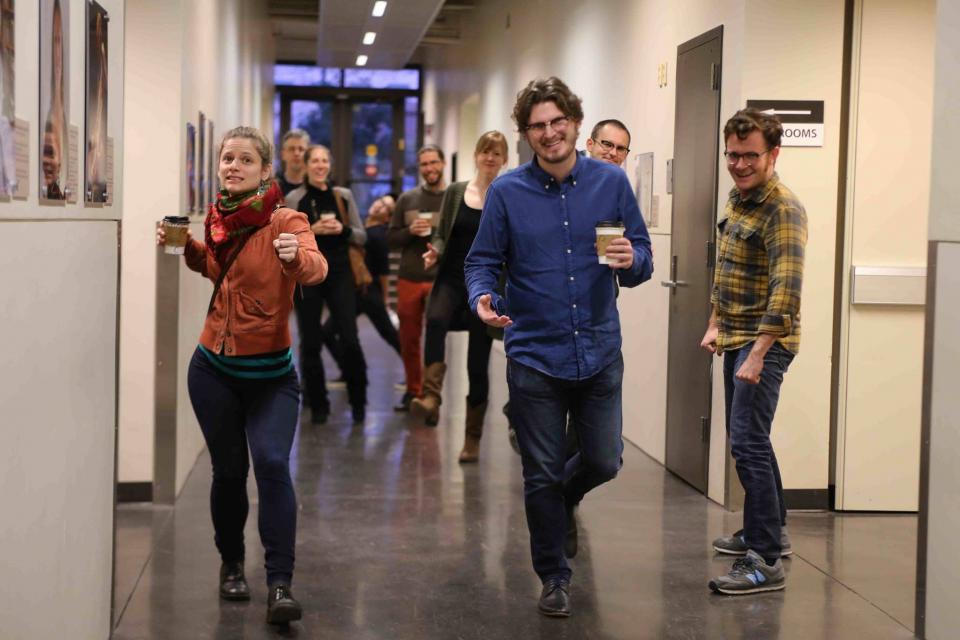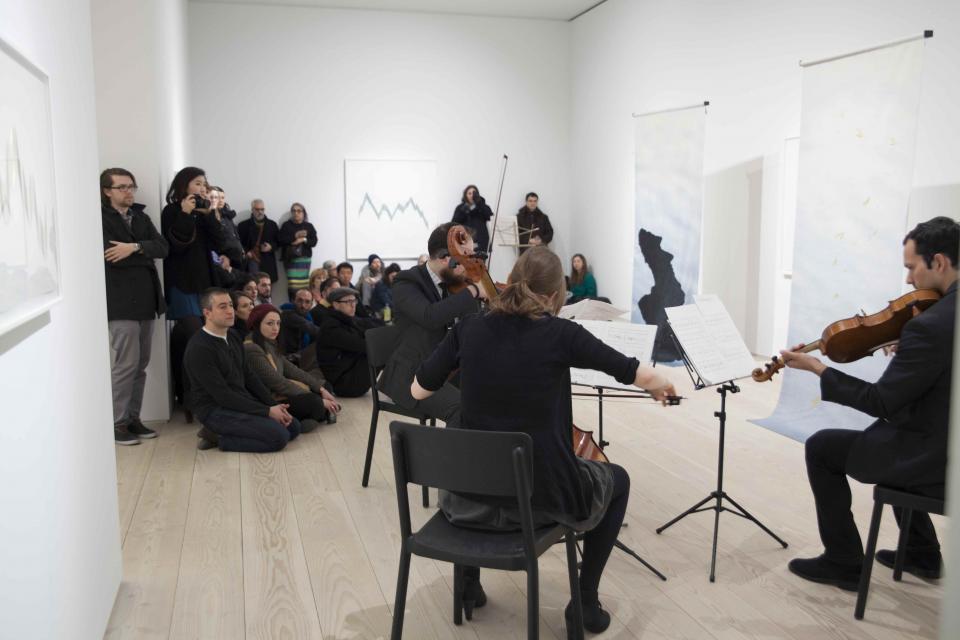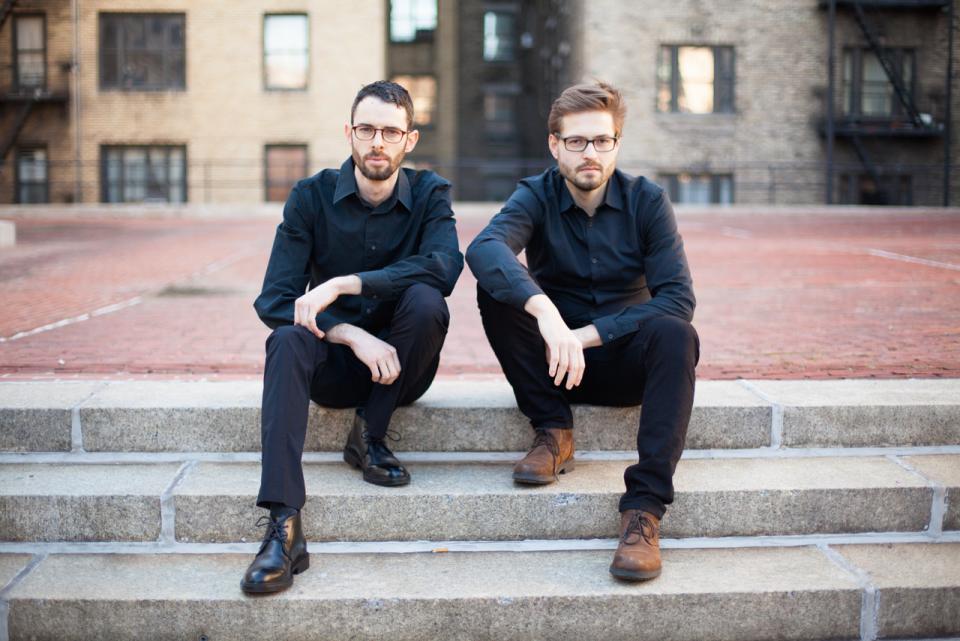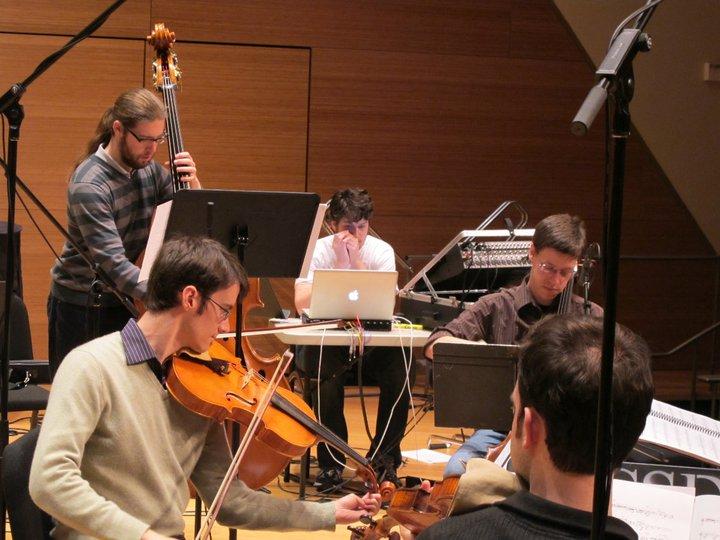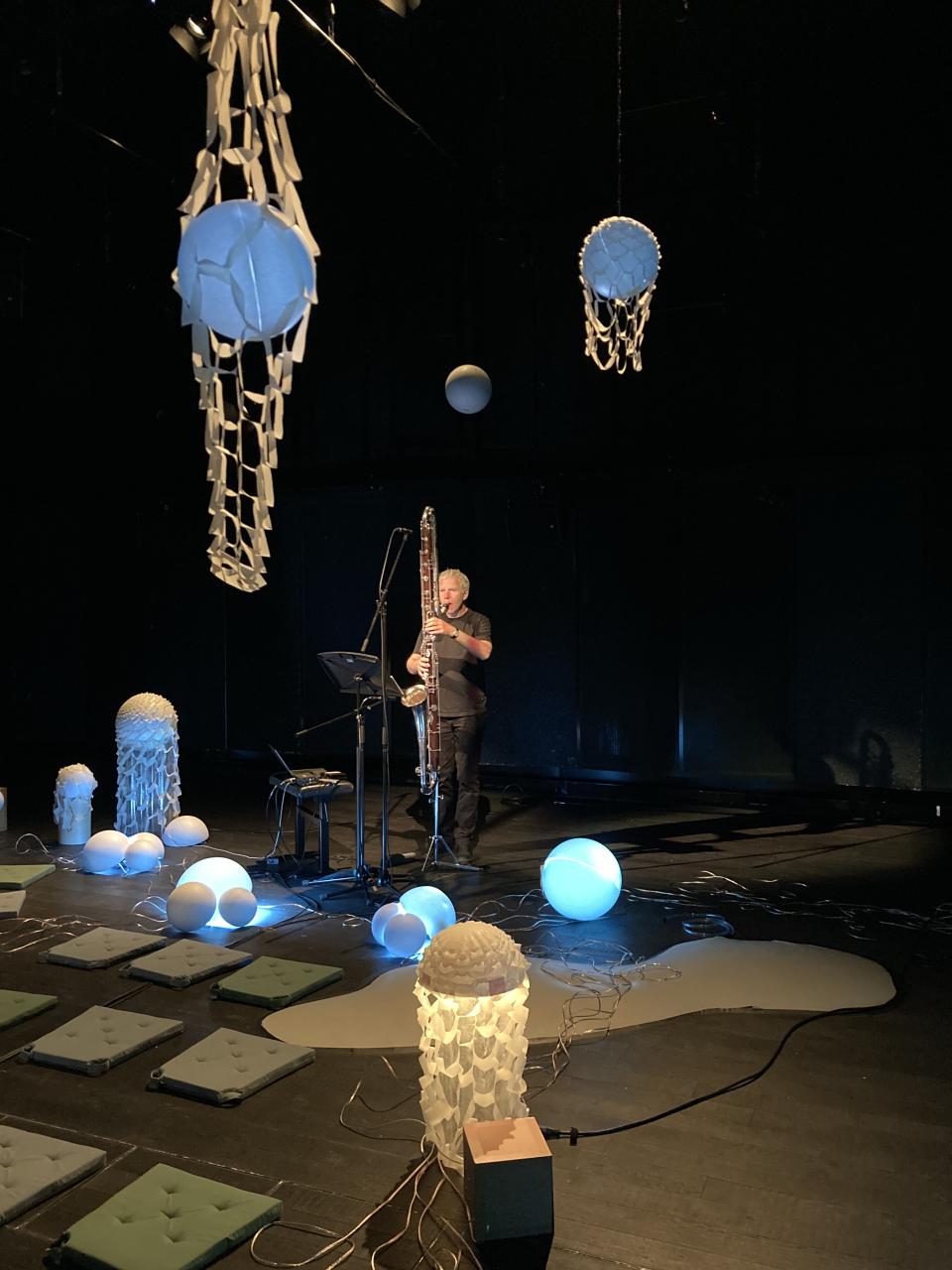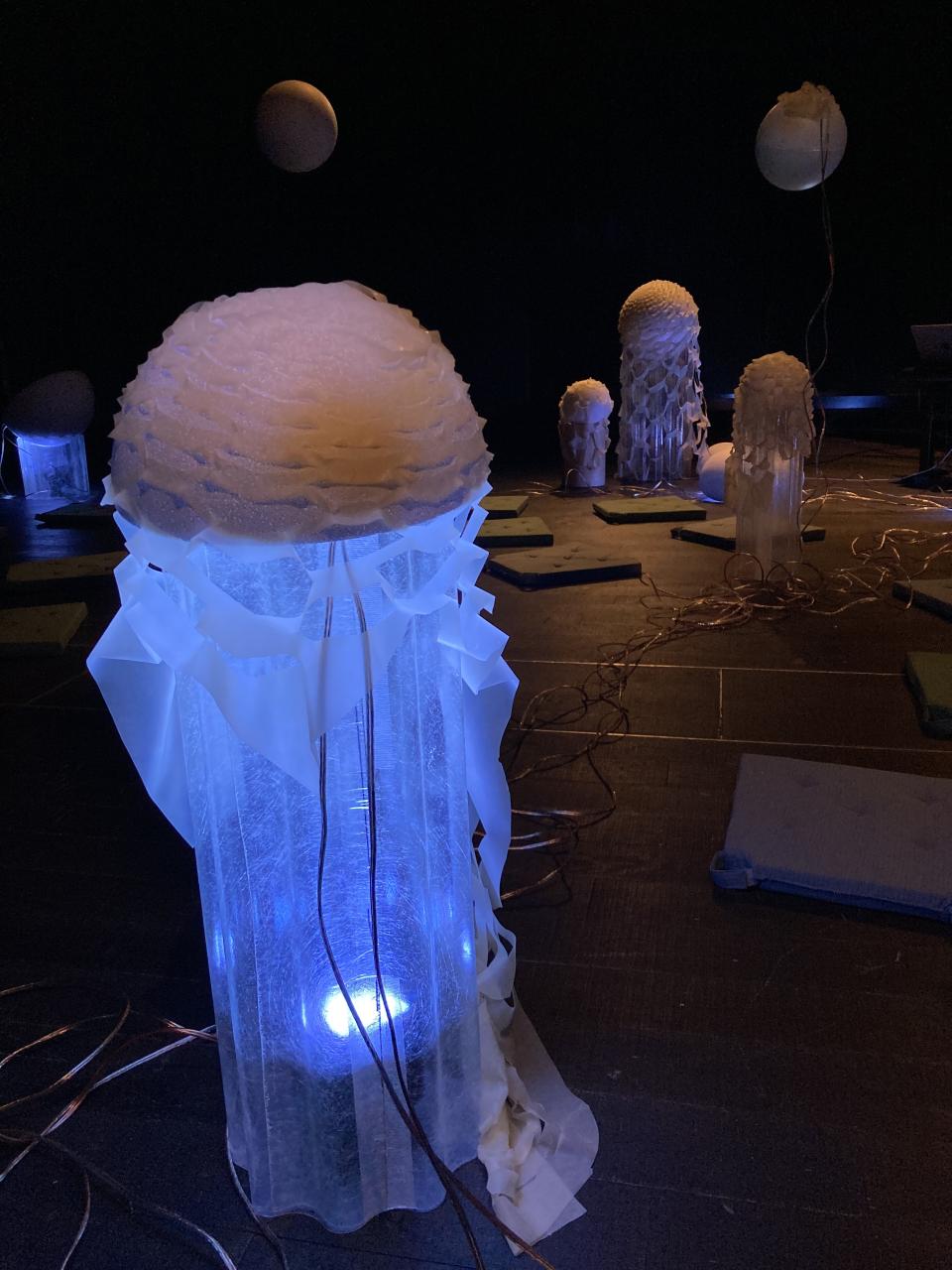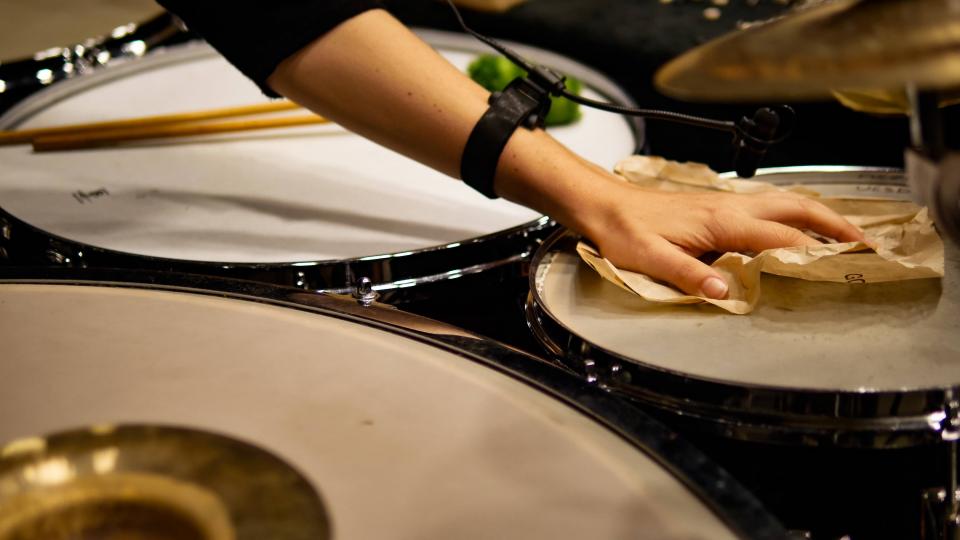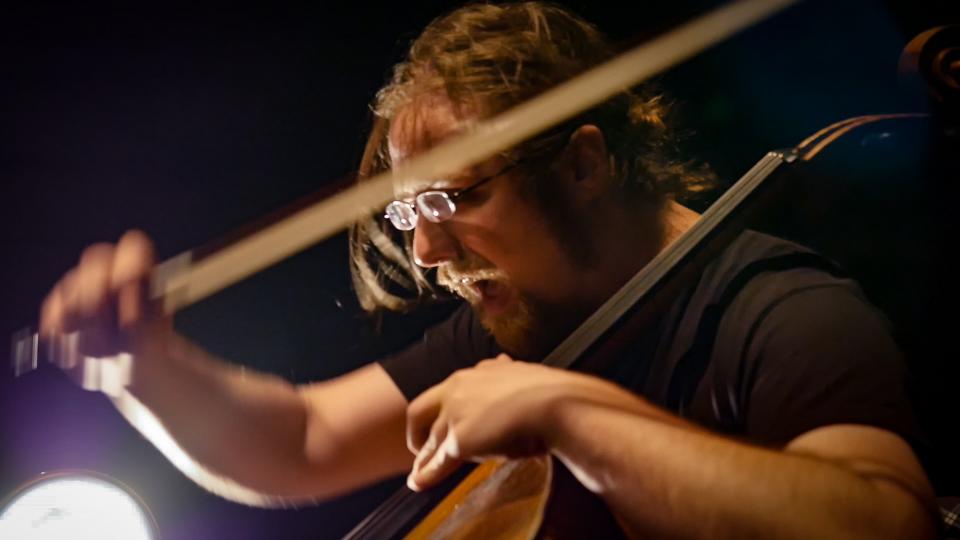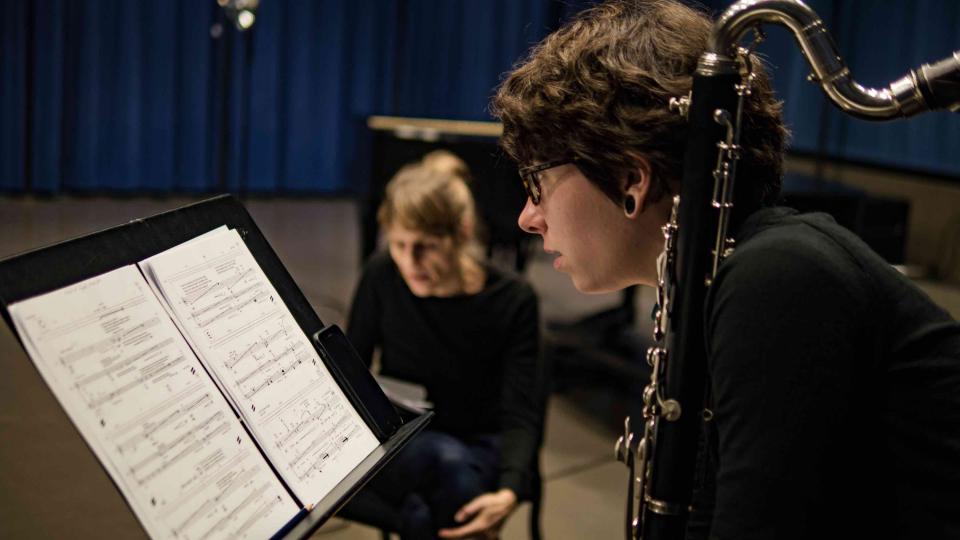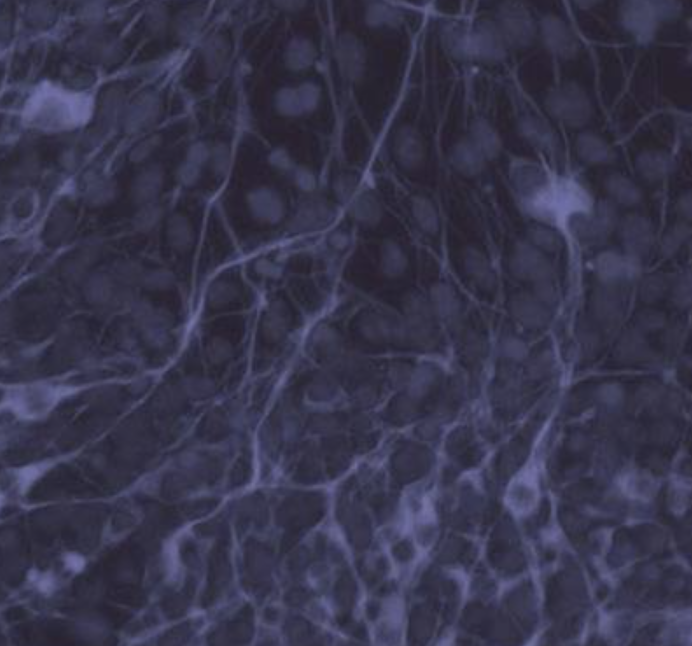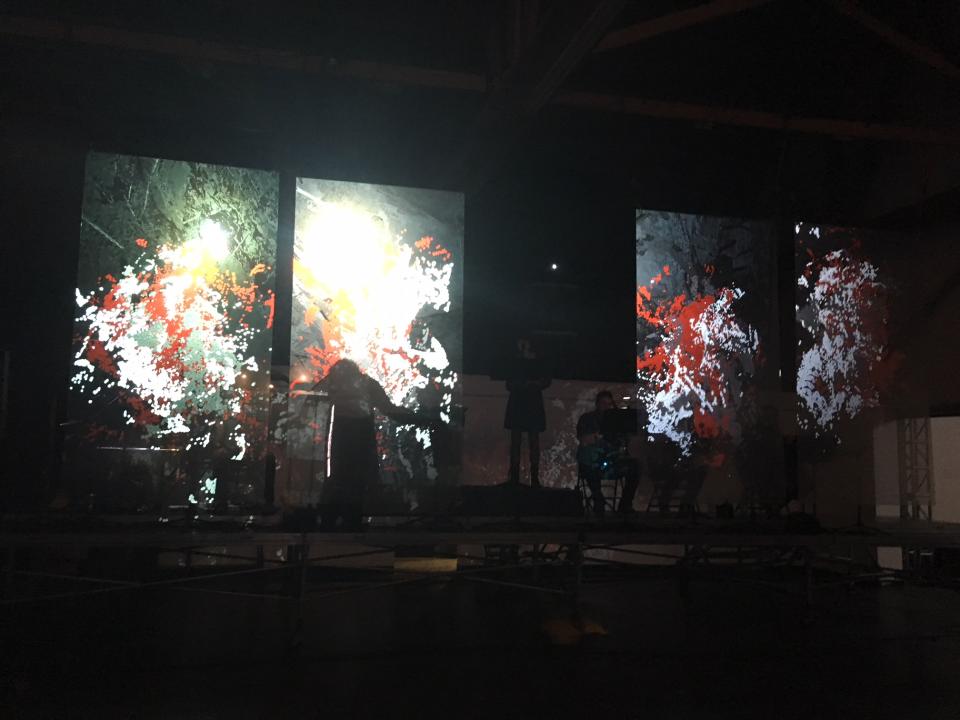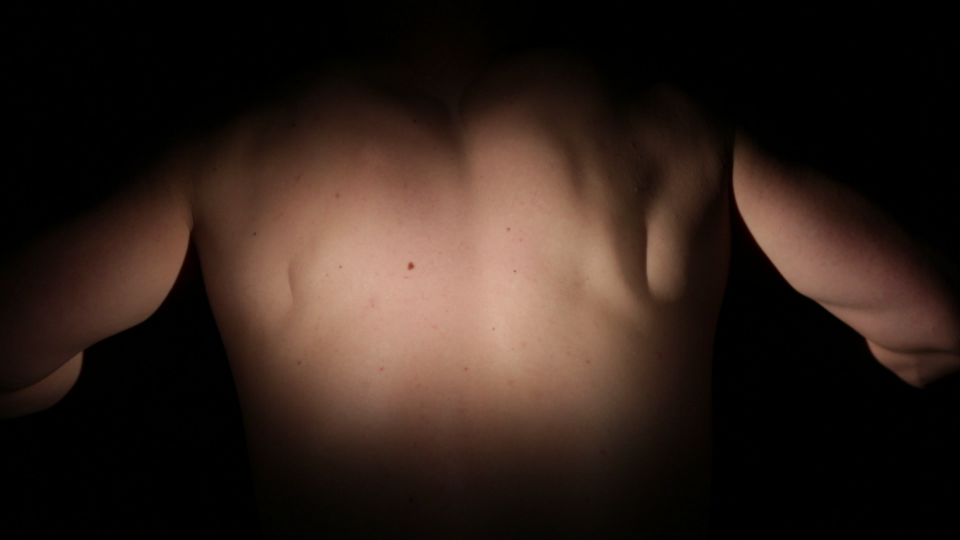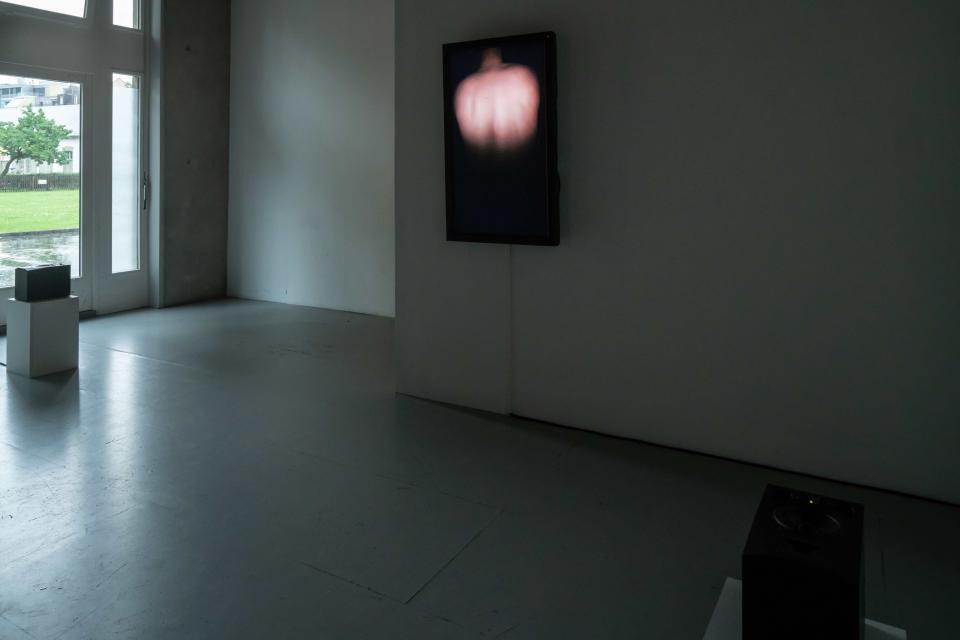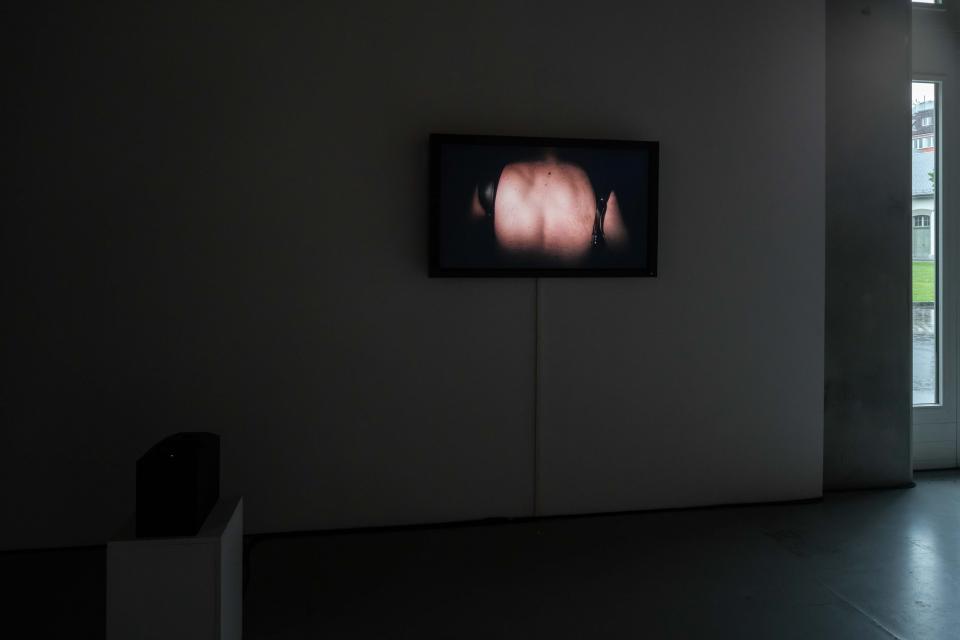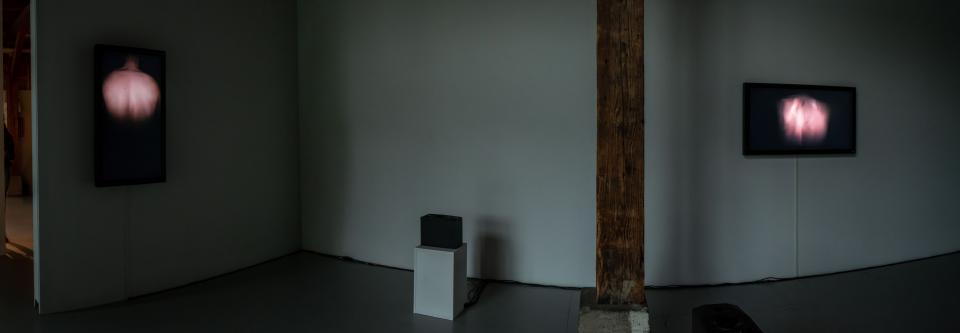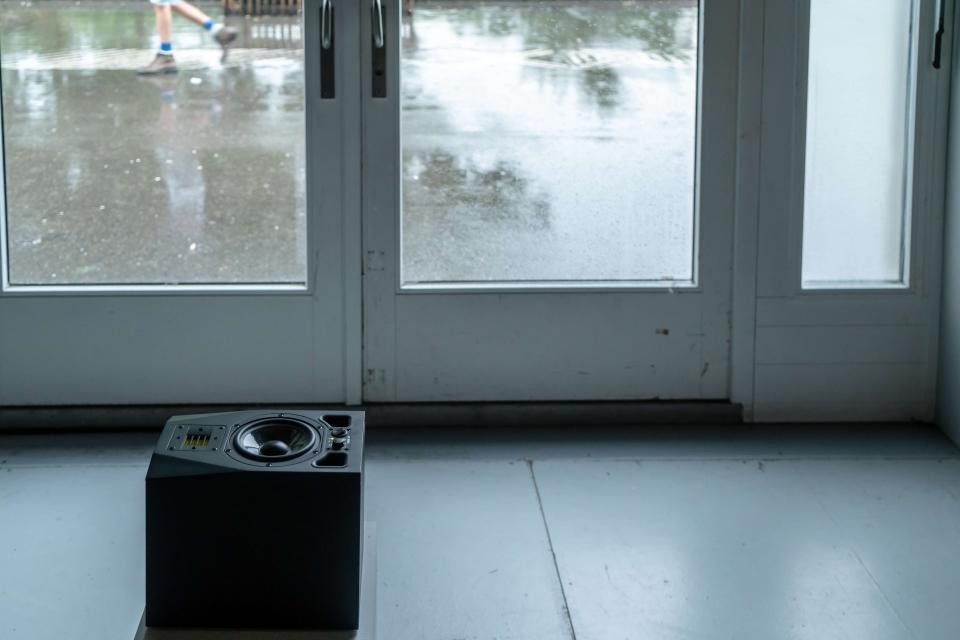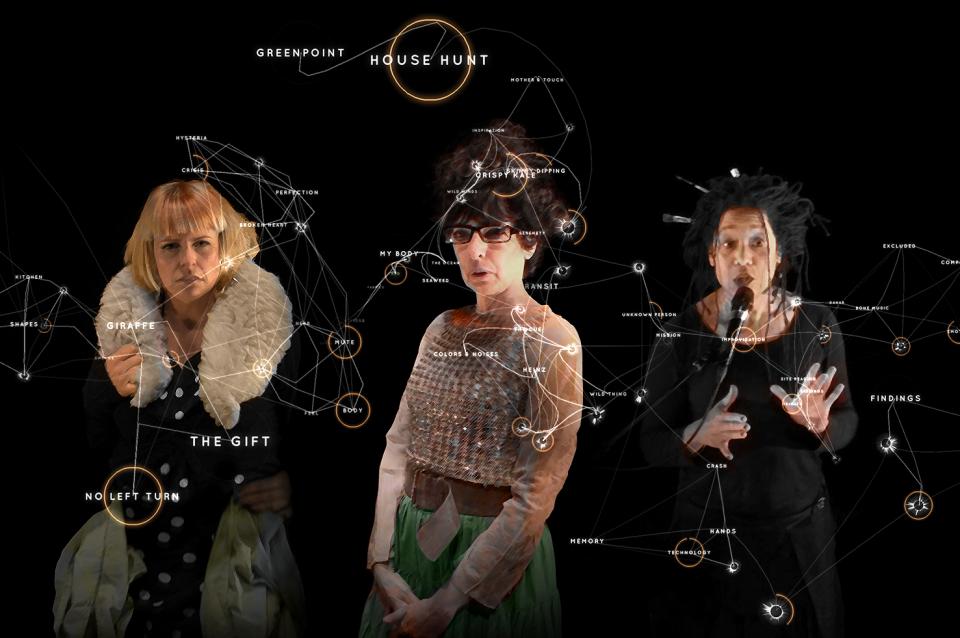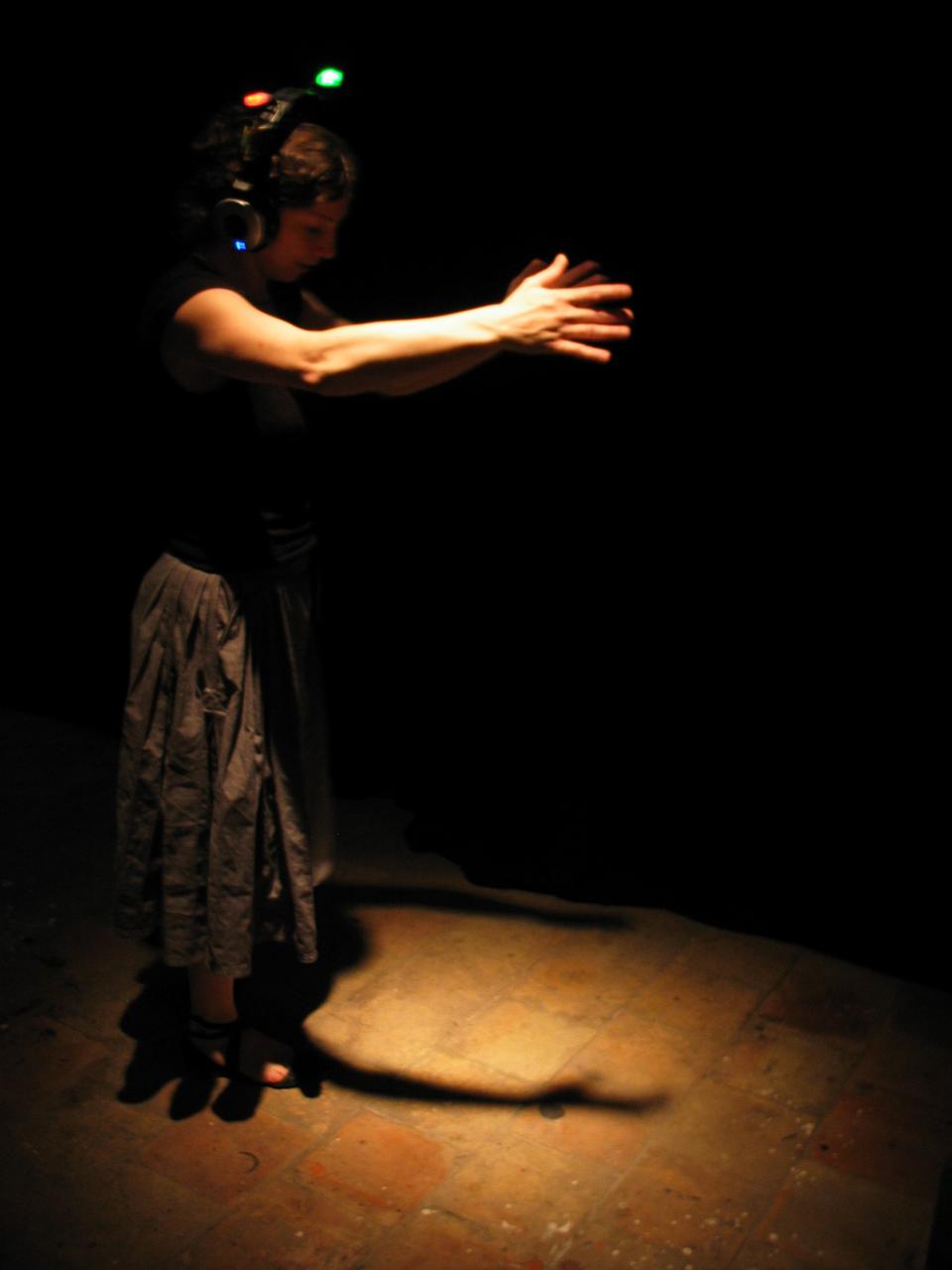Somewhere, where future and past collide, there must be a space in between — a gap. Or perhaps secret portals to other worlds. Maybe just a speck of dust carrying the idea of a new beginning? Step with us into the gap and search for the loophole in time.
The starting point for THE GAP is a short parable by Franz Kafka from 1920. In it, he describes the human condition as caught between past and future, forced to struggle against both. Hannah Arendt places this story at the beginning of her book Between Past and Future: Eight Exercises in Political Thought and counters Kafka’s image of despair with a belief of her own: “Every human being is a beginning and a beginner.” For Arendt, a new beginning is — despite everything — always possible, because the human being is free. But how can one live up to the demands of that freedom? Which stories should be retold and carried into the future — and which should not? Is history a prerequisite for freedom, or does it stand in its way?
In the performance-installation, different temporal experiences in music become tangible: the pushing forward and being pulled back, moments of stillness, resistance, and repetition. THE GAP creates a sensuous space between past and future, between decay and renewal, and asks how histories are collected, shared, or reimagined — and whether other realities are possible.
The audience moves through a spatial parcours on different paths. They encounter installations activated by small musical-performative ensembles. They may play sound topographies of memory, rummage through visual and sonic archives, or enter the writing room where the murmur of books can be heard and new texts can be woven into an endless fabric of words. Along the way, they meet strange time travelers who have become stranded in the present with their time machines — all of them searching, like us, for the energy of a new beginning, which is ultimately summoned in a grand tutti ensemble piece.
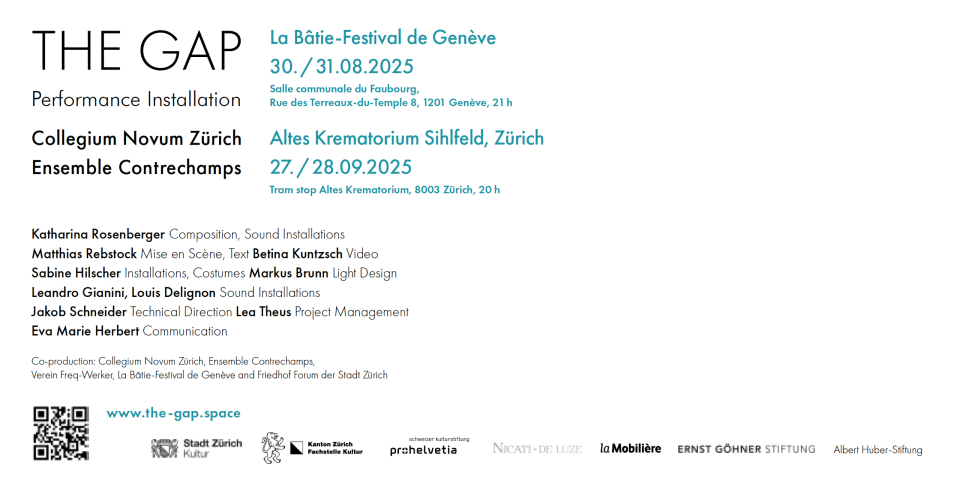
For more information: https://the-gap.space/
First Musical Explorations for the Archive Zone – THE GAP
String Trio and Turntables – Thursday, 25 June 2025
Ensemble Contrechamps, Labos de recherche #2
@ Les 6 Toits, Geneva
A snapshot of
Maximilian Haft – Violin
Ingrid Schoenlaub – Cello (Contrechamps guest)
Virgile Vienne – Double Bass (Contrechamps guest)

Preparing a turntable for the Archive Zone – THE GAP
Part of the installation "Topographies" – Friday, 13 June 2025
in collaboration with Louis Delignon
@Atelier près de Montreux
Credits Trailer:
Betina Kuntzsch - video, visual design
Katharina Rosenberger - sound
Audio from the archive of the composer with snippets of isolated string sounds performed by Ensemble PHACE: Ivana Pristasova Zaugg (vln), Petra Ackermann (vla), Roland Schueler (vcl). Recorded March 17, 2024, Studio of Ensemble PHACE, Vienna
